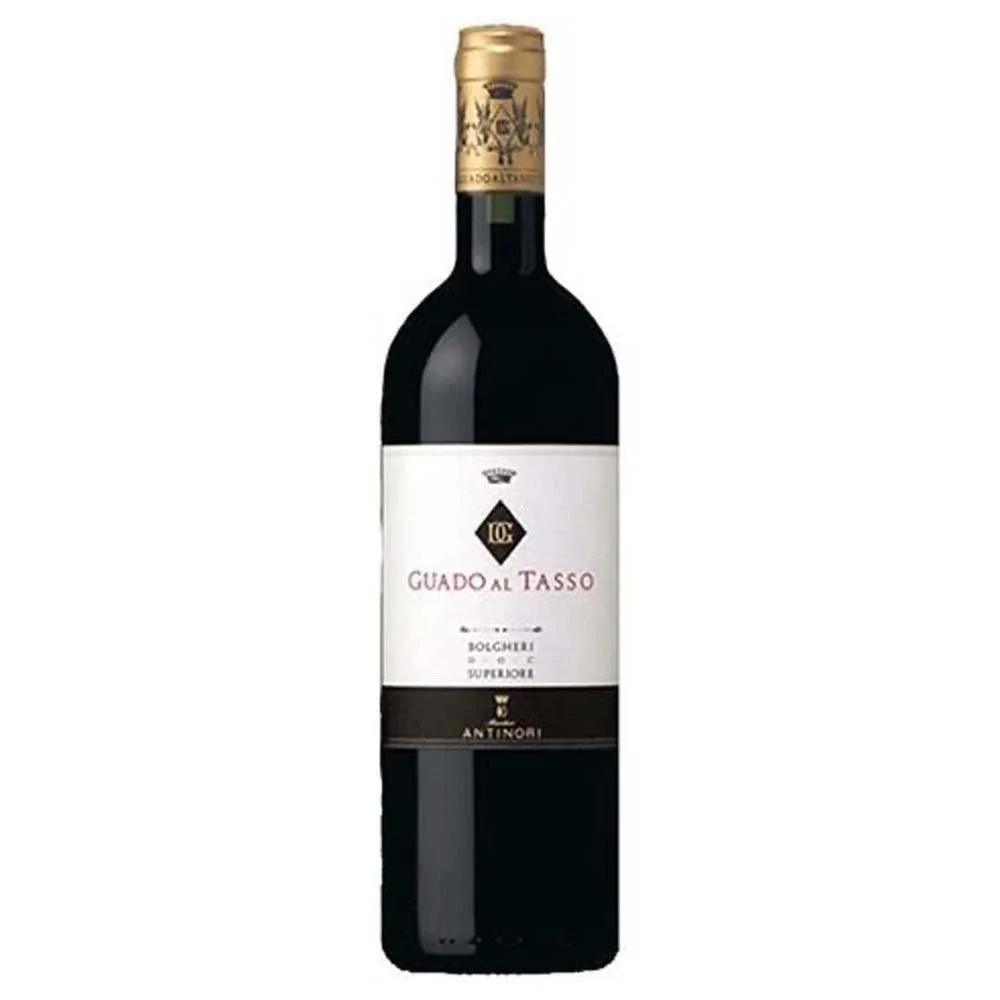CABERNET SAUVIGNON
Bold, Structured, And Built To Last
Cabernet Sauvignon is one of the world’s most celebrated red grape varieties, loved for its power, structure, and age-worthiness. Whether from Bordeaux, Napa, or beyond, its deep color, firm tannins, and dark fruit flavors make it a favorite for collectors, sommeliers, and casual wine lovers alike.
Key Characteristics
Cabernet Sauvignon is full-bodied, tannic, and intense, often aged in oak for added depth. It’s known for its bold flavors, structure, and ability to evolve beautifully in the bottle.
Style
Still, red
Body
Full
Acidity
Medium to high
Primary Grapes
Cabernet Sauvignon
Typical Flavors
Blackcurrant (cassis), blackberry, cedar, graphite, green bell pepper, tobacco, vanilla
Origin & History
Cabernet Sauvignon originated in Bordeaux, France, as a natural cross between Cabernet Franc and Sauvignon Blanc. It became the backbone of Bordeaux’s Left Bank blends, prized for its ageability and structure. Today, it's planted worldwide and often bottled solo, especially in California, Chile, and Australia, where warmer climates bring out its riper fruit character.
How It’s Made
Cabernet grapes are typically fermented on their skins to extract color and tannin, then aged in oak barrels—often French or American oak—for structure and complexity. The wine is usually bottled after 12–24 months of aging, though top examples may rest even longer.
Notable Regions
Cabernet Sauvignon thrives in many of the world’s top wine regions, offering distinct expressions depending on climate and winemaking style.
France
Bordeaux - Left Bank
Structured, earthy, and blended with Merlot and Cabernet Franc
United States
Napa Valley
Ripe, plush, and powerful with smooth tannins and generous fruit
Argentina
Mendoza & Uco Valley
High-elevation vineyards produce structured, vibrant Cabernets with fresh acidity, dark fruit, and herbal nuance
Chile
Maipo Valley
Balanced and savory with herbal notes and spice
Australia
Coonawarra & Margaret River
Medium-bodied with eucalyptus and red fruit tones
Food Pairings
Cabernet’s bold tannins and dark fruit make it ideal for rich, protein-driven dishes.
Appetizers
Beef carpaccio, mushroom tart, truffle fries
Meats
Grilled steak, braised short ribs, lamb chops
Cheeses
Aged cheddar, Gouda, blue cheese
Vegetarian
Lentil stew, grilled portobello, eggplant parmesan
How to Serve It
Glassware
Large red wine glass or Bordeaux glass to enhance structure and aromatics
Temperature
60–65°F (16–18°C)
Storage
Store on its side in a cool, dark place; top bottles can age for decades
Fun Fact
Cabernet Sauvignon is the most widely planted red grape in the world—and its thick skins are part of the reason why. They help resist rot, sunburn, and pests, making it a winemaker’s favorite.
Recommended Producers
These houses exemplify the diversity and craftsmanship of modern Cabernet and Bordeaux-style blends from both the Old and New World.
Antinori
A pillar of Italian winemaking, seamlessly blending Tuscan tradition with international elegance in wines like Guado al Tasso.
Bella Union
A Napa Valley producer crafting approachable, fruit-forward Cabernets with plush textures and broad appeal.
Cade Estate
A Howell Mountain standout known for bold, structured Cabernets that reflect high-elevation purity and power.
Joseph Phelps
A Napa Valley icon, celebrated for Insignia and its legacy of producing balanced, age-worthy Bordeaux-style blends.
Recommended Pours
Antinori - Guado Al Tasso 2008 — A polished Super Tuscan blending power and elegance, with dark fruit, cedar, and a long, refined finish.
Bella Union - Cabernet Sauvignon 2022 — A plush and approachable Napa Cab with ripe blackberry, sweet oak, and silky tannins.
Cade Estate Cabernet Sauvignon Howell Mountain 2019 — A bold, mountain-grown Cabernet offering intensity, structure, and notes of blackcurrant, graphite, and herbs.
Joseph Phelps - Insignia Napa Valley 2019 — A flagship Napa blend combining richness, balance, and depth, layered with dark fruit, cocoa, and polished tannins.





